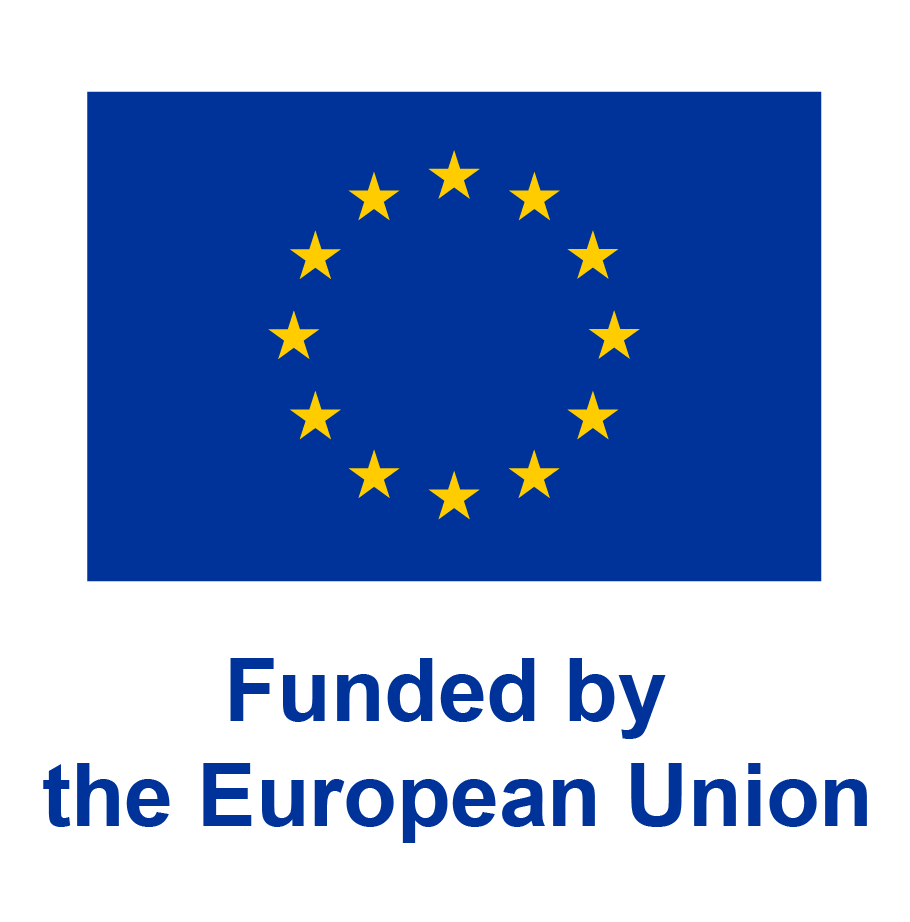

-
Agricultural and food sciences
- Veterinary conservation medicine, preventive medicine and hygiene
- Zoological medicine
Disease driven amphibian declines are frequently compared to the extinction of dinosaurs and have become an icon of the global biodiversity crisis. The deadly skin disease chytridiomycosis is causing the greatest recorded loss of biodiversity attributable to a disease. The recently introduced chytrid fungus Batrachochytrium salamandrivorans (Bsal) is expanding its range in Europe, remains unmitigated and thus poses an imminent threat to western Palearctic urodele (= salamanders and newts) diversity. While hypersusceptible species invariably die after exposure, other species show a much more variable, individual and dose dependent response, ranging from self-limiting infections with self-cure to lethal disease. My group recently discovered that host susceptibility correlates with the skin glycosylation pattern of salamanders, with cutaneous galactose content predicting variation in intensity of Bsal colonization. The variability of the skin glycosylation pattern offers a unique opportunity for marker directed selection of disease resistant salamanders. The overarching hypothesis of GLOSSI (Glycosylation in Salamander Skin Infection) is that variability of hereditary glycosylation patterns in the salamander skin underpins differential Bsal colonization and allows the selection of colonization resistant host lineages. To study the contribution of skin glycosylation patterns towards the development of salamander resistance against the Bsal epidemic, GLOSSI will combine laboratory and field trials to study 1) the temporal dynamics and heritability of glycosylation patterns and associated susceptibility to Bsal infection in urodeles, 2) the potential of natural selection towards increased resistance in infected, natural urodele populations and its impact on population dynamics, 3) the host genetics that underpin the epidermal glycosylation pattern and implications for disease resistance. GLOSSI will lead to novel strategies for curbing disease driven loss of biodiversity.